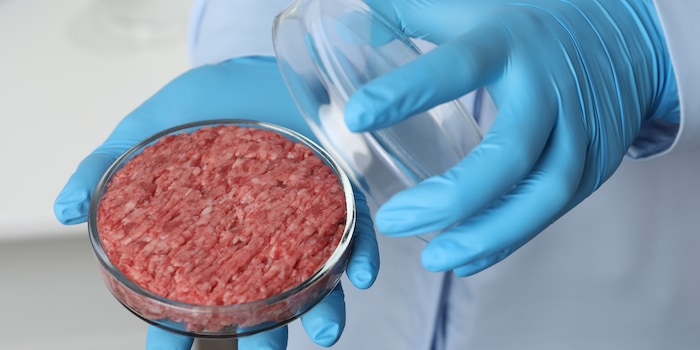
Ground beef from the lab: ETH team achieves breakthrough
Breeding artificial beef is associated with a number of hurdles. Until now, artificial minced beef in the chiller cabinet has been a distant fantasy of the future, but that could soon change.
Better results through the addition of three molecules
The fact that artificial bovine muscle fibres also benefit from the addition of these three molecules was an additional discovery made by chance. Should the artificially produced meat reach the market in the future, it would contain only muscle cells and be almost indistinguishable from naturally grown beef at a molecular level, the ETH continues.
Why is research being carried out on laboratory meat?
The ETH scientists also see their research as an article on the road to more environmentally and climate-friendly meat production. However, there is still a lot of research needed in this regard, as laboratory meat production is currently still energy-intensive.
Some problems remain before market maturity
Currently, the production of large quantities of artificial beef is associated with high costs. A culture medium is required for cell growth, which is currently still very expensive. One aim of current laboratory meat research is therefore to find more cost-effective solutions for this.
Not least, the artificial beef must first be authorised before it can be sold. In Switzerland and Germany, lab-grown meat is not banned in principle, but due to the lengthy approval process, no lab-grown meat product has yet been authorised. The focus is on ensuring that the meat is harmless to health.
Feels just as comfortable in front of a gaming PC as she does in a hammock in the garden. Likes the Roman Empire, container ships and science fiction books. Focuses mostly on unearthing news stories about IT and smart products.
From the latest iPhone to the return of 80s fashion. The editorial team will help you make sense of it all.
Show all